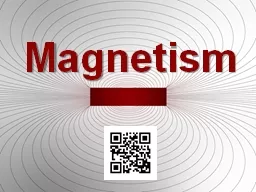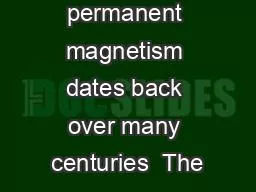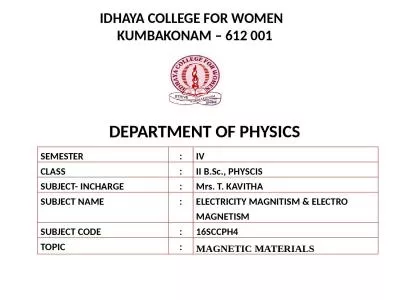PDF-Part II Diluted Magnetic Semiconductors FirstPrinciples Study of the Magnetism of Diluted
Author : celsa-spraggs | Published Date : 2014-12-14
M Sandratskii and P Bruno MaxPlanck Institut f ur Mikrostrukturphysik Weinberg 2 D06120 Halle Germany lsandrmpihallede brunompihallede Abstract We report the densityfunctionaltheory
Presentation Embed Code
Download Presentation
Download Presentation The PPT/PDF document "Part II Diluted Magnetic Semiconductors ..." is the property of its rightful owner. Permission is granted to download and print the materials on this website for personal, non-commercial use only, and to display it on your personal computer provided you do not modify the materials and that you retain all copyright notices contained in the materials. By downloading content from our website, you accept the terms of this agreement.
Part II Diluted Magnetic Semiconductors FirstPrinciples Study of the Magnetism of Diluted: Transcript
Download Rules Of Document
"Part II Diluted Magnetic Semiconductors FirstPrinciples Study of the Magnetism of Diluted"The content belongs to its owner. You may download and print it for personal use, without modification, and keep all copyright notices. By downloading, you agree to these terms.
Related Documents

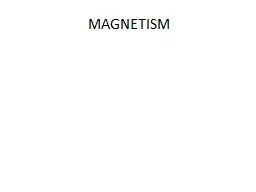
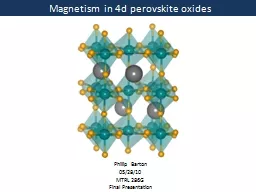
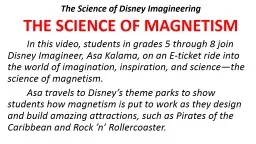
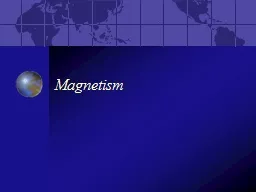

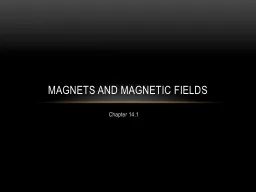
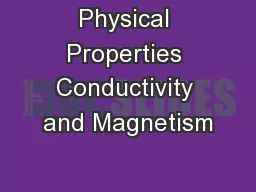
![1 L 27 Electricity & Magnetism [5]](https://thumbs.docslides.com/725963/1-l-27-electricity-amp-magnetism-5-1561643.jpg)

